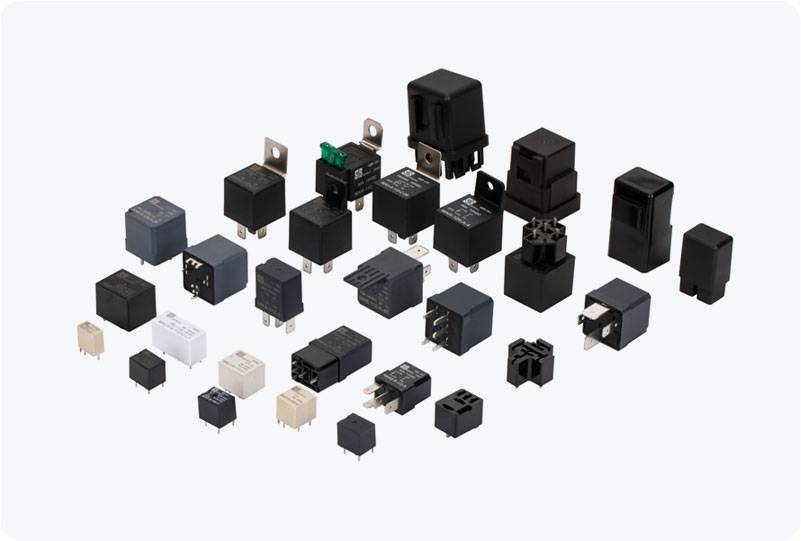In the world of industrial automation, the Automation Relay plays a critical role in controlling electrical devices and systems, ensuring seamless operation and improved efficiency. These devices are designed to respond to low-voltage signals and control high-power equipment, making them indispensable in various industrial processes. This article will explore the basic principles of Automation Relays, their significance in automation systems, and the applications where they are most beneficial.

What is an Automation Relay? At its core, an Automation Relay is an electrical switching device used to control electrical circuits. It acts as an intermediary between the control system (typically a PLC or a sensor) and the machinery it governs. The relay’s primary function is to switch high-voltage or high-current devices on and off based on a low-voltage or low-current input signal. The relay typically consists of an electromagnet, which is energized by the input signal, and contacts that either open or close to control the connected equipment. How Does an Automation Relay Work? The operation of an Automation Relay involves the basic principles of electromagnetism. When a control system sends a signal to the relay, the signal energizes the coil inside the relay, creating a magnetic field. This magnetic field either pulls or releases the relay’s contacts, depending on whether the relay is designed to open or close the circuit. As a result, the relay can either allow or cut off the flow of current to connected devices.